
Touring Motor Gliders (TMGs) offer exciting cross country touring opportunities to both glider pilots and power pilots. This page of our website is divided into two sections. Its designed to provide you with an overview of what features in a sport aircraft are well suited to touring; and, just how well TMGs compare in each of these features. You can find detailed information on obtaining aviation weather and on navigation in other sections of our website.
Section 1 offers detailed descriptions of the most desirable features of a touring sport aircraft. If you are only interested in finding out more about the suitability of TMGs as cross country aircraft, then skip straight to Section 2.
Section 2 provides a comparison of TMGs with light sport and general aviation aircraft as touring platforms for flying around this great country.
Section 3 covers all facets of planning a cross country flight.
—oOo—
Section 1 SO WHAT MAKES A GOOD TOURING AIRCRAFT?
Lets first take a look at the most significant aspects of any sport aircraft when considering its suitability for cross country touring. They primarily relate to performance, handling, pilot and passenger comfort. and view.
- Cruising Speed
- Climb rate the vertical speed that an aircraft can achieve
- Fuel consumption measured in litres per hour or (lph)
- Ergonomics comfort level on a flight of several hours
- Visibility not how visible the aircraft is but how visible other aircraft are to it
- Cockpit Load includes the weight of people, fuel and baggage that can be carried
- Ease of Handling how fatiguing the physical demands of flying the aircraft are
- ————————>
Cruising Speed, The most desirable speed to fly is quite subjective. Some pilots might prefer to tour at lower speeds that allow the time to manage the flight at a more leisurely pace, to take in more of the scenery passing below them and which provides the best fuel economy. Others wish to travel as fast as possible to minimise travel time.
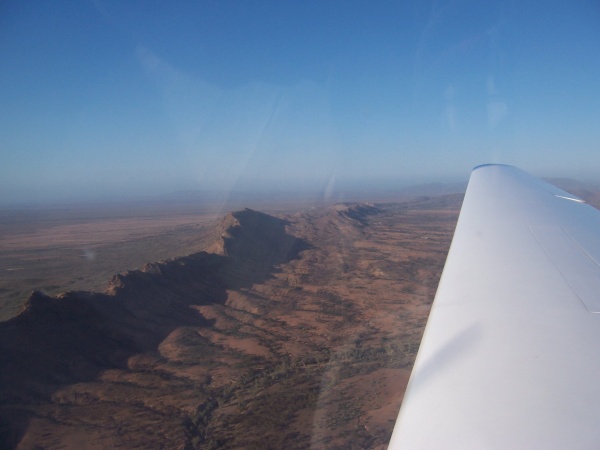
Aircraft speed is measured in nautical miles per hour or knots (kn) and these are approx half of kilometres per hour (kph). For example 80 kn approximates 160 kph. Light aircraft typically fly at speeds ranging from around 80 and 120 kn. TMGs typically cruise between 80 and 100kn. Ultralight aircraft speeds are typically a little less while higher performing GA aircraft are typically a little more.
Cruising speed rather than maximum speed is the main thing to consider. At very high power settings fuel consumption increases dramatically thereby reducing endurance and range. The speed gain isn’t usually a particularity significant increase, maybe 15% for the cost of increased engine wear and fuel consumption. Increasing airspeed from 80kn to 90kn gains only 7.5 mins for each flying hour.
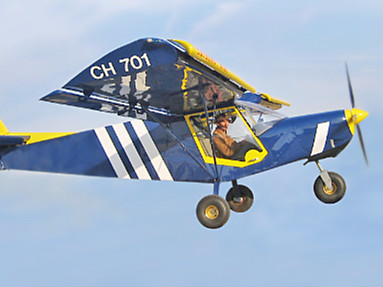

It is interesting to play with the following calculator to discover just how little time is actually saved by rushing, either when driving or while flying….
https://www.countcalculate.com/cars-and-speed/time-savings-at-increased-speed
The great advantage of flying anywhere is that you are flying fairly direct (usually). Although an ultralight may be cruising at little more than the freeway speed limit, it can travel a direct route while maintaining a constant IAS thereby cutting out traffic delays, stop lights, corners and the not particularly direct route that a driver is most often forced to follow….especially if there are few roads!
Climb rate describes the ability of an aircraft to gain height. This is most important after takeoff while climbing to the planned cruising height (height in aviation is always measured in feet). An aircraft may need to climb higher again during a flight to remain clear of rising terrain ahead (pilots plan fly a low safe altitude (LSALT) of 1000′ above the highest points near the route. Aircraft may also need to gain height to fly over bad weather but while this is common for commercial aircraft, its much less so for sport aircraft as ‘bad weather’ usually extends to above their normal operating height.
The rate of climb (ROC) of any aircraft is measured in feet per minute (fpm). Most GA aircraft carrying adequate fuel for several hours of flying, a passenger and some luggage would achieve a ROC of 400-600fpm. Higher performing sport and GA aircraft may achieve 700-1000fpm under ideal circumstances. A good summer thermal can provide 1000fpm of lift to a sailplane which is around the speed of a high rise elevator.

The achievable rate of climb (ROC) depends on certain variables, namely the available power and the weight of the aircraft (note that weight can vary significantly as fuel is consumed).and on the characteristics of the parcel of air being flown through,. If that air is less dense as it is with increasing altitude, the lower air density means there is less air available to flow over the wings to provide lift. If the parcel of air being flown through is sinking, as it often does in the lee of a mountain range, this can severely reduce climb rate.
Fuel consumption is always in the back of the mind of a power pilot when flight planning and when flying. There is an old aviation saying…“There is nothing more useless than the runway behind you, the air above you, and the fuel back in the fuel bowser”. Fuel consumption is expressed in litres consumed per hour (lph) and an aircraft’s fuel capacity determines its range and its endurance.
A typical ultralight aircraft and a TMG might consume 10-20lph of fuel, a GA aircraft such as a two seat Cessna 152 25lph and a four seat Cessna 172 35lph. Fuel costs in aviation are significant factors as aviation fuel for reciprocating engines (AvGas) is priced in the order of $2.50/lt and higher in country areas. Some sport aircraft can operate on better quality ULP car fuel.
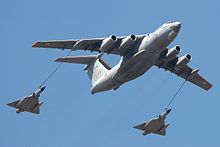
The need to carry sufficient fuel for a touring flight plus the mandatory 30 minute fuel reserve limits the amount of additional weight that can be carried in the way of passengers and luggage. Most light aircraft are not approved to carry a full fuel load with the maximum number of passengers and amount of luggage at the same time. The permissible maximum all up weight (AUW) would be exceeded and so pilots must carefully calculate the loading of their aircraft and what they can carry prior each flight
Ergonomics put simply, is how well an aircraft cockpit has been designed to maximise comfort for those on board. What is tolerable for short flights can become unbearable when pilots and passengers must sit for several hours. This can even impact on safety if a pilot is distracted by discomfort to the point that their focus is taken away from the flying tasks at hand.
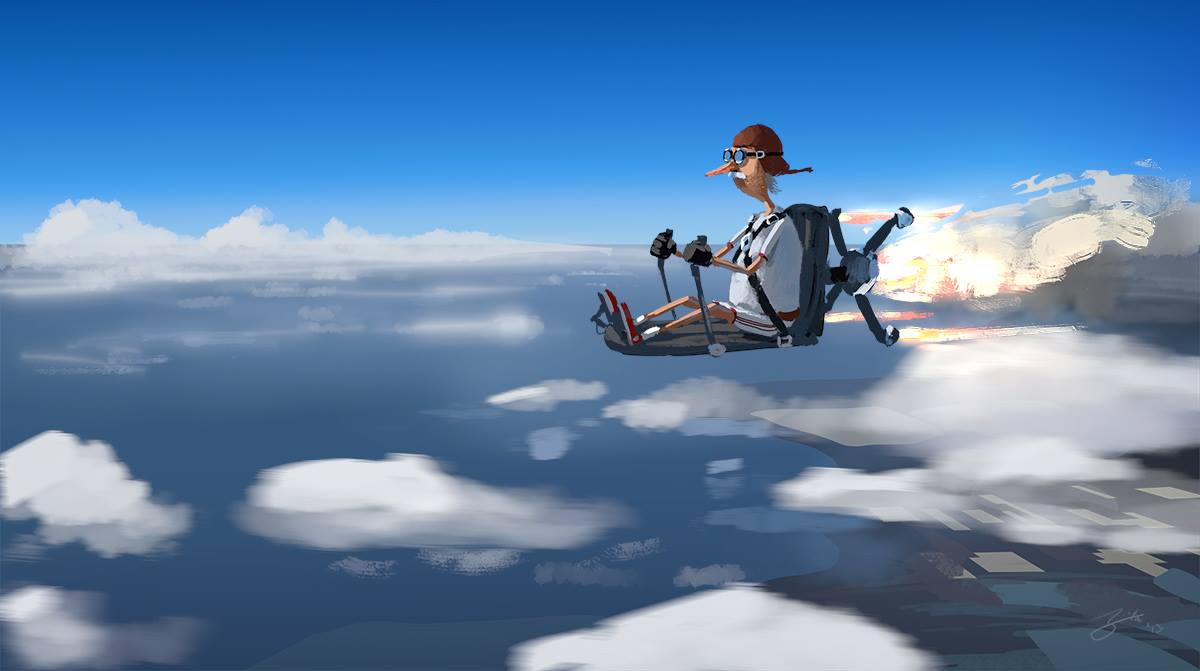
Unfortunately, many minimalist aircraft have few creature comforts due to weight limitations. Most common GA aircraft are based on fairly old designs (read 1950’s) and comfort levels, especially those around seating and ventilation are often lacking. The value of good ventilation is often underestimated. Cockpits can rapidly become ovens when on the ground and good cockpit cooling assists greatly with personal comfort levels in flight. More modern designs are far more cognisant of cockpit comfort.
Visibility in this context is all about the view from the cockpit. For touring, visibility is a major consideration. After all, nothing can compare with the stunning views from some thousands of feet above the earth. The enhancement of safety by being able to see larger sectors of the sky around is yet more important. Sport aviation depends on visual flight rules ie see and be seen….see and avoid. This works even better when radio use and standard procedures subsidise regular scanning and maintaining a bloody good lookout and is called Alerted See and Avoid.
How much safer for you as a driver is to have a clear view in as many directions around you as possible? For a pilot you can now add the importance of additionally looking above and looking below to stay safe.The overall configuration of any aircraft imposes constraints on the available view. ‘High wing‘ aircraft…Cessna, Piper Super Cub, Auster, Zenith have the main wing running across the top of the cockpit and the view above is generally severely limited. The opposite is true of ‘low wing’ aircraft… Most Pipers, Grumman and Diamond composite aircraft for example.

Additional care must be taken by a pilot when descending in a low wing aircraft and while climbing in a high wing aircraft as the view is far more restricted during those phases of flight. Older type aircraft and some current models can have more restricted views available due to their method of construction. Smaller windows, pillars and high instrument panels can shield parts of the sky from the pilot’s view. There is a need to constantly offset this as much as possible by shifting eyelines through moving the position of your head, turning your aircraft more often and changing course frequently. And of course, keep the windscreen and windows as clean as possible..
The habit of carrying out thorough, frequent, scanning and lookout, is the single greatest contributor to a safe flight. Only this can maintain the level of a pilot’s spatial awareness necessary to ensure the monitoring of and anticipation for, an aircraft’s place in time and space. Your brain should always arrive at a location before your aircraft does!
Cockpit load and the max permissible all up weight (AUW) are the greatest limiting factors around how much a pilot can carry in any aircraft. Cockpit load as the name implies its the amount of weight that can safely be carried in the cockpit and the maximum load is nominated by the manufacturer and placarded accordingly. There are usually maximum seat weight limitations also.
The total weight of the aircraft must also be reviewed. The load variables are mainly fuel, passenger/s and luggage. As mentioned previously very few sport aircraft are approved to carry their full passenger load, their full fuel load and their full luggage load simultaneously. A touring aircraft ideally will carry you, your passengers, enough fuel and adequate luggage for the trip.
So, a pilot must do some calculations to determine what they will trade off. Taking less fuel than will be needed for the flight plus some reserve usually isn’t an option. The decision to leave the mother-in-law or preferably (if you know what’s good for you), at least some of her 40kg of baggage behind however, is. Aircraft need to operate with loads placed so as to retain their balance in the air (think of a see saw with an adult on one end and a toddler on the other). Just where these loads are located is important so a weight and balance calculation must also be carried out prior every flight.
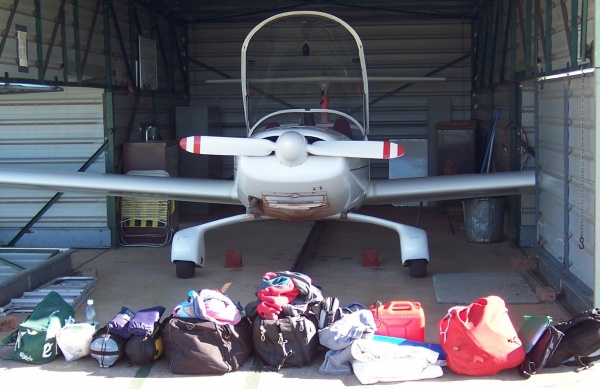
The performance factors mentioned previously must also be taken into account when calculating an aircraft’s load. A hot day and/or a higher takeoff location (altitude) with the thinner air (density altitude), the available take of run available (TORA), wind strength and direction, the runway surface (soft? wet? long grass? slope?) engine condition etc must all be allowed for as each alone can significantly degrade performance let alone when combined with other any of the others.
Ease of Handling A modern car is a delight to drive with very little effort needed for accurate handling. Just as ease of driving means that you arrive at your destination relatively fresh, so it is with flying a pleasant handling aircraft. There is a wide variety in handling qualities and pilots enjoy discussing these and prioritising aircraft accordingly.
Heavier generally mean harder work. The direct control connections without the assistance of a road vehicle’s power steering, requires a level of physical effort, especially when the air is unstable. A heavier aircraft either in design or as a result of loading, can be tiring to fly over longer distances. For a touring aircraft, lighter control inputs which require less pilot effort are less tiring.
One aspect of handling is stability. Aircraft stability refers to an aircraft’s tendency to remain in a steady state by resisting changes to its steady flight path through the air. A further aspect of stability is the aircraft actually tending to resume its original flight path. Such forces for change are either pilot generated or result from the behavior of the air parcel being flown through at any point in time. The aircraft designer builds in a range of stabilising features. A stable aircraft inspires pilot confidence in their machine.
Various aircraft are designed for snappy handling. Aerobatics and stock mustering for example require rapid responses to pilot control inputs. Their responsive nature requires a greater level of pilot handling,skill and attention and so they are not well suited to touring.

—oOo—
Section 2 HOW WELL DO TMGs STACK UP FOR TOURING?
A TMG performance comparison Most TMGs are quite capable of flying longer distances under power at performances not unlike those of many other sport aircraft types. TMGs however offer something extra in a number of areas. In this section we’ll take a look at how well the qualities identified as desirable for a touring aircraft listed in Section 1 apply to TMGs.
Cruising speed Sport aircraft are designed with maximum air speed, minimum AUW, economy of operation and ease of handling in mind. The finished product is always a compromise in each of these. For improved soaring, a TMG has a smaller and lighter motor and the airframe is also lighter to achieve a lower wing loading and so lower sink rate. The offset is that glider airframes are exceptionally well streamlined and so not nearly as much horse power is needed to achieve quite respectable cruising speeds.
With motors mostly of 65hp-100hp, TMGs aren’t the fastest sport aircraft around however they do get along very nicely. The more common TMGs will happily cruise in the 80-90kn range. Higher powered TMGs in the 90-105kn range. This places them either on par or not far behind most other sport aircraft in terms of the speeds that they can cruise at. A power setting of around 75% of full power is generally considered the best for speed and economy and is applicable to most speeds reference here.
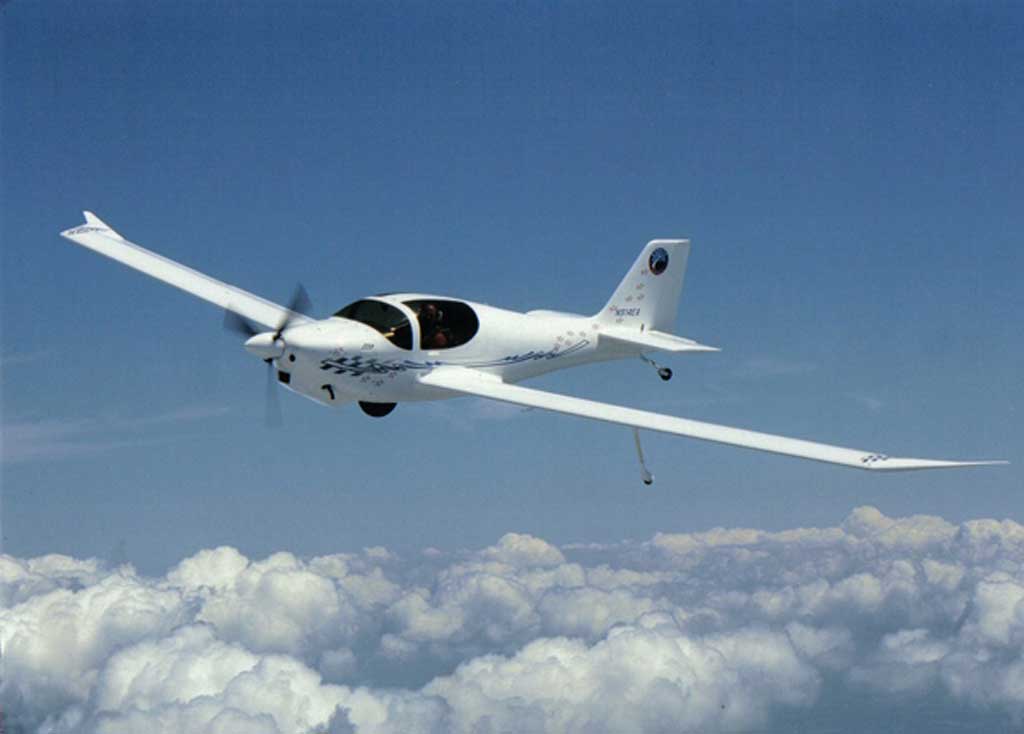

The Europa is a composite kit built Touring Motor Glider capable of easily cruising at over 100kn and climbing at over 1000fpm..
The SF24 Falke is a classic fabric covered, steel tubed frame TMG and was first built in the 1960s (pic). The design has undergone numerous developments in subsequent decades. Engine size has been more than doubled since the original version which cruised at around 70kn.
The ability to glide and to soar Glide ratio is the main measure of any aircraft’s ability to glide without engine thrust, whether it has one or not. All fixed wing aircraft can glide, even an airliner. The famous story of the Gimle Glider involves a Boeing 767 and is one such example of an airliner being glided to safety after running out of fuel. The Miracle on the Hudson is another more recent and highly publicised event.
https://en.wikipedia.org/wiki/Gimli_Glider

How far can an aircraft glide? The glide ratio or lift to drag ratio (L;D) describes how far an aircraft can glide horizontally for each unit of height that it loses vertically in still air.
Common ultralights and general aviation aircraft have an L;D of around 10:1 and a 747 has an L;D of 15:1. Even the lowest performing TMGs have L:Ds in excess of 25:1 and the highest performing models one approaching 35:1. This is still well short of the higher performing sailplanes which achieve an L:D of greater than 50:1 That’s virtually the horizon!

A wingsuit glides at 2.5:1 and the Space Shuttle 4.5:1.
This brings us to another special feature of TMGs. They are designed, as their title implies, to glide. Due to additional weight factors (engine, fuel and prop) and drag factors (primarily to engine, side by side cockpit configuration and most often a heavier undercarriage, TMGs do not glide as well as sailplanes but they nevertheless still glide very well.
Its not uncommon for a TMG’s motor to be shut down during a cross country flight so that a competent soaring pilot can access the uplifting energy provided by nature in the form of thermal, wave or ridge lift. Additionally, its common for a TMG motor to be shut down and the prop feathered well short of the destination on a touring flight. The balance of the flight can be completed in glide alone. A shutdown at say 8000’agl will provide a pilot with a glide in still air of anything from 35 nautical miles (65km) to 45 nautical miles (83km).
As well as being proficient in glide, TMGs can all soar to varying degrees. As they are generally heavier than sailplanes so their sink rate is higher and this means that they need slightly stronger lift to either retain or gain height. Nevertheless, they are capable of extended soaring flights of hundreds of kilometres and several hours in length. The H36 Dimona soars better than any of its contemporaries and is as delightful to soar as it is to fly under power.

Climb rate The rate at which sport aircraft can climb varies greatly and is a function of an aircraf’st weight, its design, the power available and the behaviour of the parcel of air.being flown through. There is usually little to be done around the latter. Lower powered TMGs climb at 300-400fpm when lighter. Higher powered versions at up to and over 1000fpm.
Higher rates of climb are accessible if the aircraft is fitted with is variable or adjustable pitch propeller rather than a standard fixed pitch version. TMGs often have a simple adjustable pitch props with three settings. Fine pitch is selected for higher climb rates eg for take off, course for cruise climbing or cruising, and feather where the blades are rotated to align with the air flow after the motor has been shut down for pure gliding. More advanced TMGs have full variable pitch but at the price of greater weight, cost and complexity.

The Grob 109A was one of the first composite TMGs and was designed in the late 1970s. Due to its weight and bulk it was not as capable of soaring flight as its earlier lighter weight cousins but it cruises comfortably around 80kn.. The later 109B version is a very different beast with a more powerful motor and faster cruise.
Fuel consumption is where TMGs shine. Their streamlined shape is for the sole purpose of minimising drag. Lower drag means less power is required for flight so lower powered motors provide excellent economy of operation. Whereas smaller general aviation aircraft might consume between 25-35 litres per hour (lph) of fuel and ultralights 20-25lph, TMGs commonly consume fuel in the 12-15lph range. Additionally, most can operate on premium unleaded petrol which averages around half the cost of aviation fuel (Avgas). The savings in running costs and weight since less fuel needs to be carried, are substantial.
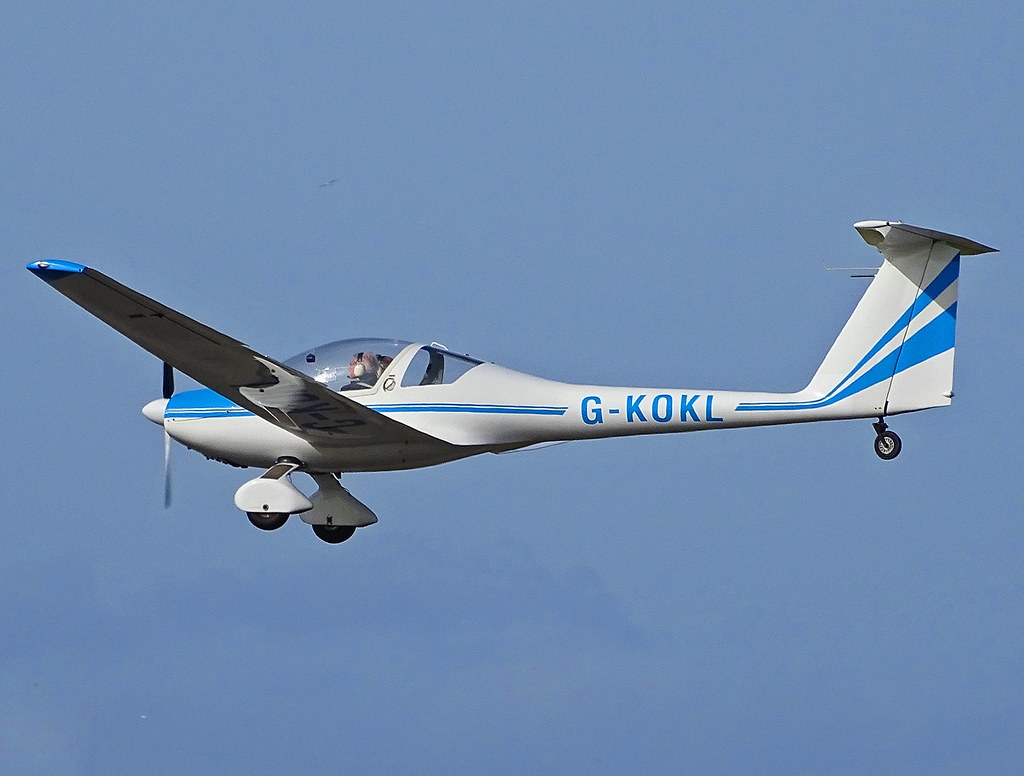
The Hoffman H36 Dimona first went into production in the early 1980s. Built in Austria, it is a composite TMG originally equipped with a 2litre four cylinder motor providing 80-90kn cruise speeds. Selected variants have been fitted with 2.4 litre motors providing 90-100kn cruise speeds. The H36 has better soaring capabilities than any of its contemporaries and is a delight to fly both engine on and engine off.
Visibility is another area where TMGS are much better suited to touring than almost any other fixed wing aircraft. Gliders are designed for close quarter flying as they often gaggle. Gaggling is when several gliders share the same thermal and follow standard procedures so as to remain clear of each other.
All gliders are fitted with larger canopies than other sport aircraft to enable the pilot to retain the maximum field of view. The touring pilot of a motor glider benefits from the enhanced safety of being able to monitor more of the surrounding airspace for other aircraft. (but only if they maintain a high standard of lookout!) But, they also benefit form being able to access a panoramic view only exceeded by that from a helicopter.
Superior ergonomics Except for more recent designs, the comfort levels of most light aircraft can range from reasonable to very poor. This is not the case with gliders. Unlike the traditional general aviation aircraft with ‘kitchen chair’ seating, glider cockpits are designed around anticipated long flight times and so pilot and passenger comfort is a priority. Even gliders designed in the 1960s were so. Typical glider flights might last from just an hour to five or six hours and so comfort is essential. Glider seating is more laid back as with a reclined lounge chair with head support.
The semi reclined seating configuration provides the added safety aspect of directing the pilot’s view out and about, taking advantage of the greater field of view afforded by the bubble canopy.
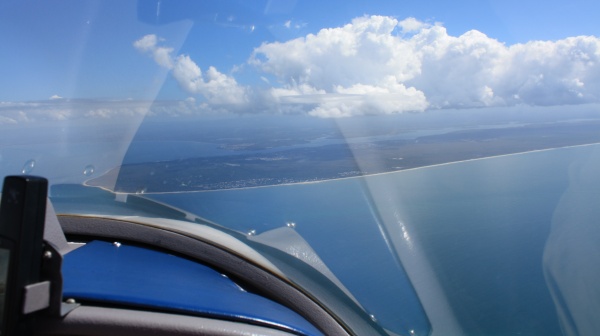
Cockpit load for gliders refers to the weight of any pilot, passenger and baggage. In the case of motor gliders this also includes the weight of the fuel. All fixed wing aircraft are designed to perform safely while ever they are loaded so as to remain balanced and while ever they not loaded beyond their structural capacity. Placards are clearly posted in all aircraft stating maximum and minimum figures.
Motor gliders have quite reasonable cockpit loads that allow for two crew of average weight, sufficient fuel and sufficient baggage to be carried. Like almost all sport and general aviation aircraft, they are not usually capable of carrying a heavy crew plus full tank of fuel plus the maximum weight of baggage. The weight and balance calculations are done by the pilot during flight planning. A pilot will compromise on the amount of fuel and baggage taken on board if crew weights are higher. Of course the required fuel is never skimmed despite the fact that motor glider can glide.

The Aeromot AMT-200 Super Ximango is a Brazillian design fitted with a Rotax motor and with retractable undercarriage.
Ease of handling is importantly linked to minimising pilot fatigue levels. Aircraft which are stable ie predictable and reliable in the their handling, require little physical effort to fly them. Additionally, a stable aircraft will pretty much fly itself ‘hands off’ in calm conditions. The level of stability is built into aircraft through a raft of design features. Remembering that glider flights are typically quite long, its essential that gliders and motor gliders require minmal effort to control them so as to be less tiring for the pilot.
Surprisingly, gliders and motor gliders, despite their stable characteristics, are also very responsive. They need to be. Gliders spend a relatively large proportion of each flight in turns and often also in close quarters with other gliders. Gaggling is where several gliders share the same thermal and its not uncommon at all for half a dozen or more gliders to be doing so. Responsiveness is an essential characteristic and despite their stable, gliders and motor gliders are very much so.
—oOo—
If reading about touring around Australia in a sport aircraft has wetted your appetite, you will enjoy the account of this trip across the country by John Glipin in his ultralight in 2019. Plenty of great pics. Courtesy of Recreational Flight
https://flighttothefarcornerofoz.blogspot.com/2019/06/flight-to-farthest-corner-of-australia.html
Section 3 FLIGHT PLANNING
The following instructional videos were developed by Recreational Aircraft Australia (RAA). https://www.raa.asn.au/ in conjunction with GoFly.Aviation. https://www.goflyaviation.com.au/
We gratefully acknowledge the time and effort that has been put into the production of these and appreciate the kind permission to link to them on our website. The first 12 training videos of the 25 that they have produced are listed below.. The first 6 are free for you o download.
- Introduction
- The IMSAFE Checklist
- Map Plotting
- Flight Log and ERSA
- Inbound Flight Planning
- Using the Flight Plan
- Weather Forecast
- Radio Frequencies
- Using the Flight Computer
- Get Lost Procedures (pre-flight)
- Diversions
- The 1 in 60 rule